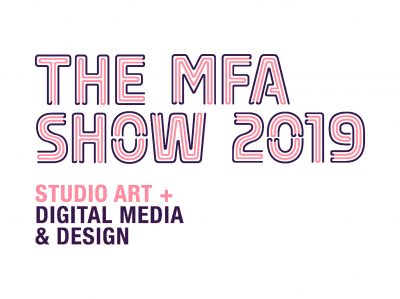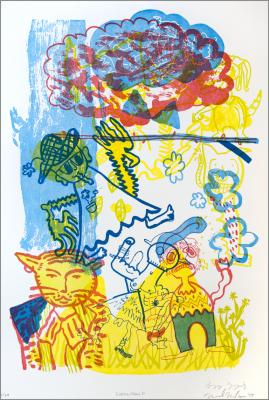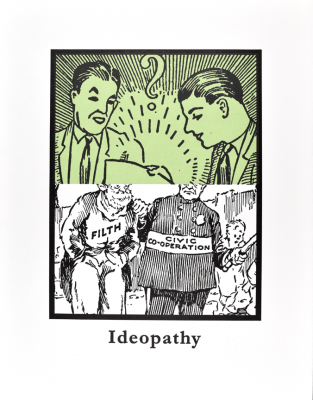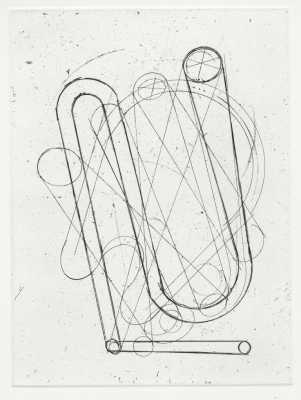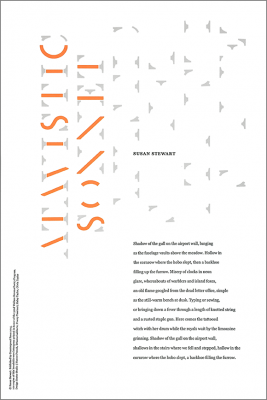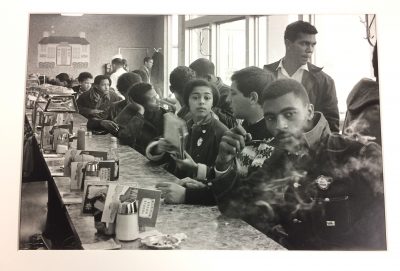“F*** COMMUNISM.” These are the first words of the Benton Museum of Art’s new exhibition “What’s the Alternative? Art and Outrage of the 1960’s Underground Press.” With these words visible through the doors leading up to the exhibition, the Benton clearly isn’t shying away from anything.
“What’s the Alternative?” features cartoons, illustrations, photographs and paintings that “warn against public impassivity in the face of political oppression, war, systemic racism and censorship of free speech during the mid-twentieth century,” according to the Benton’s website.
The exhibition draws from works from the Alternative Press Collection at the UConn Archives and Special Collections and was curated by cartoonist Dwayne Booth.
“Everything in here is provocative in different ways,” Zoe Eklund, a first semester theater studies major, said. “Whether it’s provocative because someone might be uncomfortable with sex and they see something sexual, or it’s provocative because someone doesn’t like to hear about cops being talked about badly and then there’s literally a a head of a cop on a pig.”
These inflammatory topics aren’t just for shock value. They’re meant to add to the greater conversation of the importance of truth, ignorance and apathy happening in the world of politics and media.
“There’s a lot of things that are meant to get a reaction from people but it’s also meant to make you think,” Eklund said. “It’s not just specifically for a reaction, it’s also for a purpose. I mean that’s making a statement, putting a head of a cop on a pig.”
Brandon Barzola, a first-semester English major, pointed out how the exhibition focuses on “reforming how we think about certain things in a society… sort of like breaking the stigma.”
The exhibit uses art to consider socialization and how this impacts politics and media.
Barzola pointed to an illustration of various beloved Disney characters doing explicit, violent and controversial things.
“It goes back to the idea of how political we get, but these are just childhood characters that were always shaped in this perfect way for us and now this artist is just showing that these characters are just as human. We’re all subject to these acts. No one is truly innocent,” Barzola said.
By including this piece the exhibition points out how art and media can be used to train people how to behave and interact, but also to explore how those lessons can be harmful or manipulated for political gain.
There’s another clear advantage to having this conversation in a museum and not in a political science class that is often undervalued, according to the exhibit
This exhibit showed that cartoons in and of themselves are overlooked as frivolous or unimpactful when in reality political cartoons are a staple of western history and journalism. Their uncomplicated style leaves room for an almost stealthy intellectual debate.
The illustration of a woman with the words “our history has been stolen from us, our heroes died in childbirth, our geniuses were never taught to read or write” resonated with Zoe Terwilliger, a third-semester physiology and neurobiology major and a gallery attendant at the Benton.
“It has a brief message but it’s so powerful and has a lot of meaning,” Terwilliger said. “They don’t have to say it’s women. They just show the art and that’s kind of the whole idea of the exhibit is that cartoon is one of the most effective ways to share ideas.”
Eklund noticed this advantage, as well. “Over complicating things gives too much room for people to find loopholes and little ways to argue their point for something that would be really wrong in nature,” Eklund said. “But when you just throw it right out there in a sentence or a piece, you make it blatantly evident how wrong it is. Being about to throw it out like that and be like, ‘You can’t tell me that that’s not horrible is a really quick way to bring people back to reality’ is the benefit of having these conversations through different mediums.
Furthermore, Eklund provided a great example of why where you discuss relevant political issues matters too.
“With the picture of the children that were killed by war, I said that’s absolutely horrible, but I wasn’t even shocked to see that because it’s such a reality of the world and that’s another thing that can make you think,” Eklund said. “Seeing it in a newspaper is one thing but if you’re seeing it in a different setting like an art museum then you’re like, it’s really weird that I’m not having a reaction to that.”
Terwillger pointed out that this conversation. Racism, sexism, homophobia, yellow journalism, censorship, hated presidents – this isn’t new – but the ways that they impact people and how we combat them are. What’s the Alternative? urges people not to be apathetic or shy away from the conversation out of the fear of being wrong.
View Article Here.
